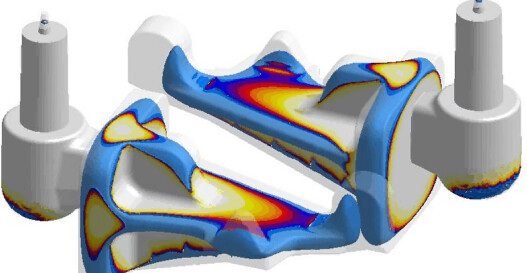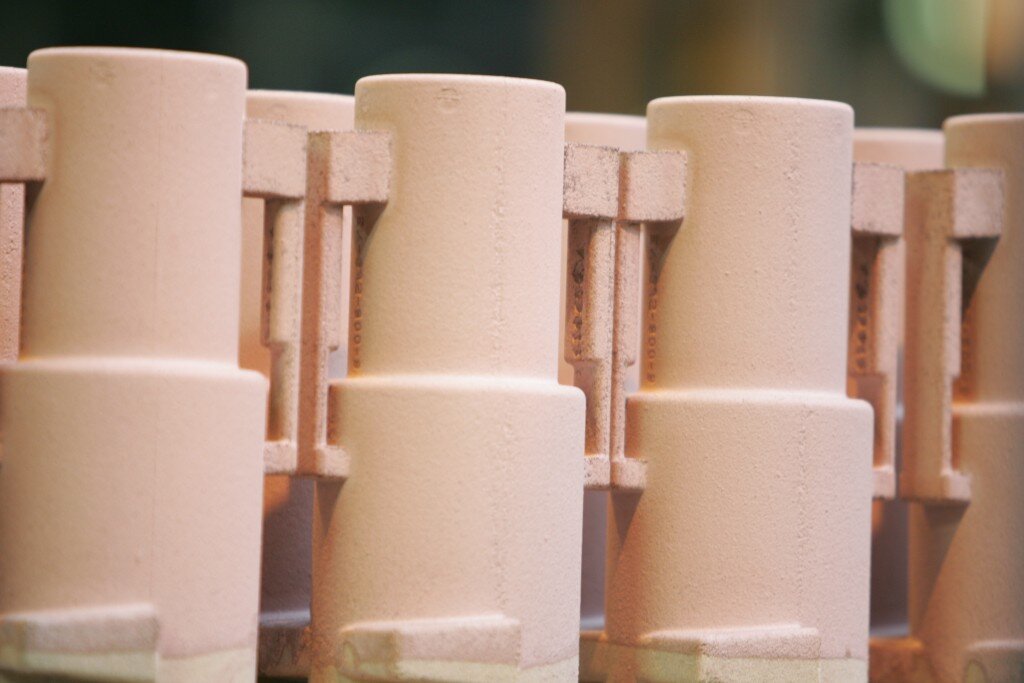Process Simulation
A Simulant is a thing that simulates something else…
For Molière, it was illness, for Philip K. Dick it was humanity – for us, it’s the process of creating a casting, with the filling of the mould followed by solidification. Hardly a single casting is produced today for industrial use without having been extensively simulated using advanced software – and that is particularly true for castings, such as those produced at Brechmann-Guss, that qualify as machine-produced standardized parts. And these simulations don’t stop at the first step – they are often a key stage in the optimization process. Possible discrepancies between a designer’s ideas and the realities of casting the part in the foundry can be minimized; and the sooner a designer can offer information to a customer about the feasibility of a desired design, the more efficient cooperation becomes between all parties and the more streamlined the production process becomes. Only then can the almost limitless possibilities of casting be explored to their full potential, and new economically viable avenues for components explored.


Just to give an idea…
The simulation of foundry processes is based on abstract models which relate the physical phenomena found in the processes to mathematical descriptions of dynamic transport. The flow behaviour during casting is described in terms of its directional velocity and using variables such as pressure, density, and temperature, while viscosity and the specific thermal conductivity are treated as functions of the pressure and temperature. Using heat transfer equations, the temperature distribution can be determined in both the casting and the mould; however, parameters such as density, specific heat capacity, thermal conductivity, or even heat sources may also be functions of the location or temperature. In other words: everything depends on everything else!
Filling and solidification processes
Simulating foundry processes provides a significantly better understanding of both the filling and the solidification processes; it can even enable engineers to predict where defects such as porosity are most likely to occur. On balance, this tool, as one of the most important in the foundry’s arsenal, can be used to avoid the costly trial-and-error attempts that used to be a standard part of development; it also contributes to shortening development times overall, thereby decreasing end costs for a new part. Providing the foundry engineer with design requirements early on in production makes it possible to translate the almost unlimited design potential of cast iron components into direct economic advantages for our customers.
